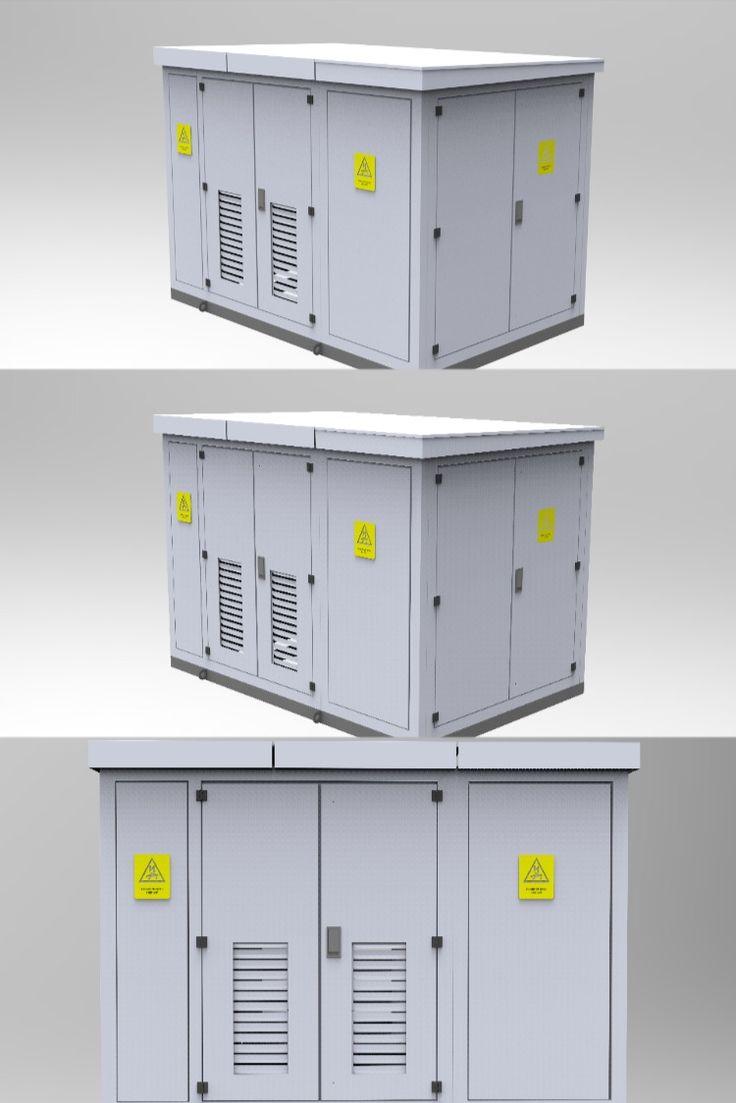The Foundation of Modern Civilization: Understanding Electrical Infrastructure

Electrical infrastructure represents the fundamental framework that enables modern society to function, encompassing everything from power generation to end-use consumption. This complex ecosystem of interconnected systems and components forms the backbone of economic development, healthcare, education, and daily life. As global energy demands evolve and digital transformation accelerates, electrical infrastructure must adapt to meet new challenges while maintaining reliability, efficiency, and sustainability.
Core Components of Electrical Infrastructure
Generation Assets
-
Conventional power plants (thermal, nuclear, hydroelectric)
-
Renewable energy facilities (solar, wind, geothermal)
-
Distributed energy resources
-
Backup and emergency generation systems
Transmission Systems
-
High-voltage transmission lines
-
Transmission substations and switchyards
-
Reactive power compensation equipment
-
System protection and control devices
Distribution Networks
-
Medium and low-voltage distribution lines
-
Distribution substations and transformers
-
Feeder circuits and service drops
-
Metering and connection points
Key Supporting Systems
Control and Monitoring
-
Energy Management Systems (EMS)
-
Supervisory Control and Data Acquisition (SCADA)
-
Distribution Management Systems (DMS)
-
Advanced Metering Infrastructure (AMI)
Protection and Safety
-
System protection schemes
-
Grounding and bonding systems
-
Surge protection devices
-
Safety interlocks and emergency controls
Modernization Imperatives
Aging Infrastructure Challenges
-
Equipment life extension strategies
-
System reliability improvements
-
Technology upgrade requirements
-
Workforce development needs
Digital Transformation
-
Smart grid implementation
-
IoT sensor deployment
-
Data analytics platforms
-
Cybersecurity measures
Sustainability Integration
Renewable Energy Integration
-
Grid interconnection standards
-
Power quality management
-
Storage system integration
-
Microgrid development
Energy Efficiency
-
System loss reduction
-
Load management optimization
-
Power factor correction
-
Efficient equipment deployment
Case Study: Metropolitan Area Upgrade
Implementation Results
-
40% improvement in system reliability
-
Integration of 45% renewable energy
-
35% reduction in outage frequency
-
Enhanced power quality for sensitive loads
Future Development Trends
Technology Innovation
-
Advanced power electronics
-
Solid-state transformers
-
Wireless power transmission
-
Artificial intelligence applications
System Evolution
-
Distributed energy resource management
-
Grid-edge intelligence
-
Transactive energy systems
-
Resilient infrastructure design
Economic Considerations
Investment Planning
-
Lifecycle cost analysis
-
Risk-based investment prioritization
-
Return on investment calculation
-
Funding and financing strategies
Value Creation
-
Reliability improvement benefits
-
Economic development impact
-
Environmental value
-
Social benefits quantification
Conclusion
Electrical infrastructure represents a critical national asset that requires continuous investment, innovation, and optimization. By understanding the complete ecosystem and implementing strategic improvements, communities can ensure reliable, efficient, and sustainable power for future generations.
Companies like Degatech Electric contribute to infrastructure development through advanced electrical solutions that enhance system performance, reliability, and sustainability across all infrastructure components.
- Art
- Causes
- Crafts
- Dance
- Drinks
- Film
- Fitness
- Food
- Games
- Gardening
- Health
- Home
- Literature
- Music
- Networking
- Other
- Party
- Religion
- Shopping
- Sports
- Theater
- Wellness



